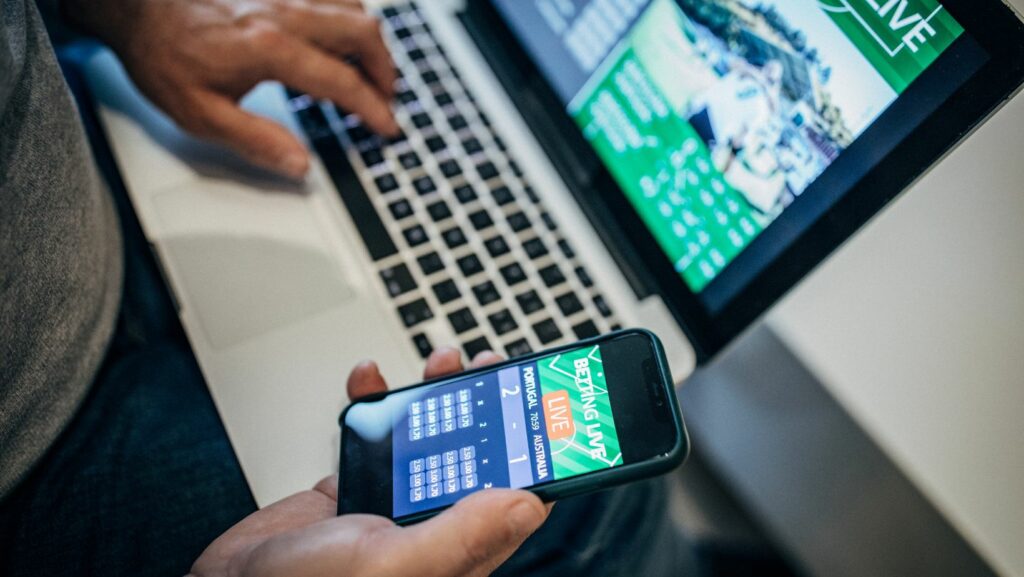The iPhone XS Max was a game-changer when it hit the market, boasting cutting-edge technology and a sleek design that turned heads. But as the world races into the 5G era, many are left wondering: does this beloved device keep up with the times? Spoiler alert: it doesn’t.
While the XS Max dazzles with its stunning display and impressive camera, it’s stuck in the slow lane when it comes to 5G connectivity. So if you’re dreaming of streaming movies in a flash or downloading apps at lightning speed, you might want to look elsewhere. But don’t worry, it still has plenty to offer for those who aren’t ready to dive into the 5G pool just yet. Let’s explore what the XS Max can do and why it still holds a special place in the hearts of many.
Table of Contents
ToggleOverview of iPhone XS Max
The iPhone XS Max launched in September 2018, setting a standard for premium smartphones with its innovative features. Equipped with a 6.5-inch Super Retina display, this device offers an exceptional viewing experience for multimedia content. Dual 12 MP cameras enable high-quality photography, allowing users to capture stunning images and videos.
Despite lacking 5G support, the XS Max remains efficient, utilizing 4G LTE networks for reliable connectivity. Users praised its A12 Bionic chip, providing fast performance across various applications, games, and tasks. Storage options range from 64 GB to 512 GB, catering to diverse user needs.
Battery life stands out, with up to 25 hours of talk time, meeting daily demands without frequent recharging. Users appreciate features such as Face ID, which offers secure and convenient unlocking. Additionally, the device supports wireless charging, enhancing usability.
Although some users may seek 5G capabilities, the iPhone XS Max retains its charm among those content with 4G connectivity. Many users value its design, which combines glass and stainless steel for a sleek appearance. The smartphone continues to be a favorite for those prioritizing performance, design, and reliable connectivity.
5G Technology Explained
5G technology represents a significant leap in mobile connectivity standards. This fifth generation of wireless technology offers enhanced speed, lower latency, and increased capacity compared to its predecessors.
What is 5G?
5G refers to the fifth generation of mobile networks. This technology allows devices to connect to the internet at unprecedented speeds, often exceeding 10 Gbps. While previous generations, like 4G, made mobile browsing viable, 5G takes it further by enabling high-definition streaming and immersive experiences. Enhanced network slicing capabilities allow carriers to better manage resources, providing tailored experiences for different applications and users.
Benefits of 5G Connectivity
5G connectivity brings numerous advantages to users and industries alike. Increased download speeds significantly enhance streaming quality and gaming experiences. Low latency transforms applications like virtual reality, making them more responsive and enjoyable. Higher capacity facilitates many connected devices operating simultaneously without degrading performance. Additionally, advancements in Internet of Things (IoT) applications benefit from 5G’s ability to manage larger data streams efficiently. Enhanced network reliability ensures that users stay connected even in crowded areas, improving overall satisfaction.
Is iPhone XS Max 5G Capable?
The iPhone XS Max does not support 5G connectivity, limiting its appeal for users seeking faster mobile internet speeds. Despite its advanced technology, including a powerful A12 Bionic chip, the hardware design caters exclusively to 4G LTE networks.
Hardware Limitations
Hardware constraints prevent the iPhone XS Max from connecting to 5G networks. This smartphone features a modem designed specifically for 4G LTE, which cannot interface with 5G networks. Users wanting the latest in mobile technology realize the XS Max lacks compatibility with the new infrastructure necessary for these high-speed connections. Functionality remains grounded in 4G LTE capabilities. Although it effectively manages tasks and applications, the absence of a 5G-capable modem means users miss out on significant improvements in connectivity and performance.
Software Restrictions
Software limitations also restrict the XS Max’s ability to utilize 5G. System updates from Apple do not enable 5G support for devices lacking the necessary hardware. While iOS offers robust features for optimizing 4G use, it cannot compensate for the absence of 5G architecture. Recent applications tap into 5G’s potential, but they don’t enhance performance on the XS Max, creating a disconnect. Users seeking features that leverage 5G benefits find this device insufficient in maximizing those advanced capabilities.
Comparison with Other Models
The iPhone XS Max stands out among its contemporaries, especially when comparing it to newer models.
iPhone 11 and 12 Series
The iPhone 11 and 12 series come equipped with 5G support, marking a significant upgrade in connectivity. Users experience faster download speeds and improved performance compared to the XS Max. The iPhone 11 features a dual-camera setup while the iPhone 12 introduces a ceramic shield for enhanced durability. Users looking for superior photography capabilities find the Night mode in both models appealing. Battery performance also improves, offering up to 17 hours of video playback in the iPhone 11 and up to 17 hours for the iPhone 12 despite the added 5G function. Owners who place a premium on next-generation technology benefit significantly from these advancements.
Android Competitors
Android competitors, such as the Samsung Galaxy S20 and Google Pixel 5, provide robust 5G options. These models showcase a variety of features that attract users seeking high-speed connectivity and cutting-edge technology. The Galaxy S20 supports high refresh rates and excellent camera performance, catering to gamers and photography enthusiasts alike. Similarly, the Google Pixel 5 emphasizes computational photography, appealing to users prioritizing camera quality. Battery life in Android devices also competes well, with some offering a full day of usage. Users looking for flexibility in device features find that Android models provide notable alternatives to the iPhone XS Max.
The iPhone XS Max remains a strong contender for users who value design and performance over the latest connectivity standards. While it doesn’t support 5G, its impressive features like the A12 Bionic chip and excellent battery life ensure a reliable experience on 4G LTE networks. For those not yet ready to embrace 5G, the XS Max continues to deliver quality and functionality. However, for users seeking the benefits of 5G technology, newer models like the iPhone 11 and 12 series offer significant advantages. Ultimately, the choice depends on individual needs and preferences in mobile technology.










